It’s the start of a new year and there’s no better time to plan your next dive trip. There are some great choices in January, from swimming with orcas in the Arctic to whale-shark diving in one of the world’s newest liveaboard hotspots. Here are our picks for five great January dive destinations.
Djibouti
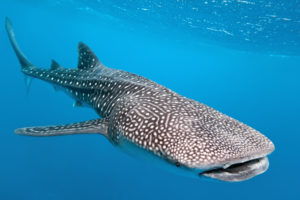
You might not yet know Djibouti, but you will soon. This hot new destination for liveaboard diving offers pristine coral reefs with over 200 species of coral, numerous sponges and large schools of Red Sea and Indian Ocean fish. The star attractions, though, are the numerous whale sharks that congregate in Djibouti’s waters from November to February.
Go liveaboard diving in Djibouti during January and you can enjoy peaceful, uncrowded dive sites in the company of juvenile whale sharks. You may also see manta rays, gray reef sharks and nurse sharks.
If you can take your eyes away from the marine life, Djibouti also has striking underwater landscapes to explore. You can descend between three tectonic plates at ‘The Crack’ dive site, explore walls that plunge to 650 feet (200 m), and visit a variety of submerged volcanic islands.
Raja Ampat, Indonesia
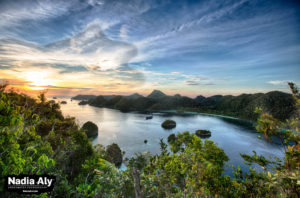
Raja Ampat is within the most biologically diverse marine area on earth, the Coral Triangle, and is about as close to paradise as you can get. The turquoise waters hold over 1,500 forest-clad islands and the best way to explore them is by Raja Ampat liveaboard diving. Surround yourself with thousands of fish species, plus sharks, dolphins, mobula rays, manta rays and more.
The very best time to visit is from January to April when waters are warm, bringing plankton blooms and reduced visibility. These conditions attract huge numbers of manta rays to the area.
Norway
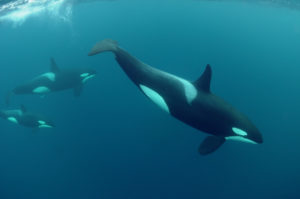
There is one great reason to put on the layers and visit Norway during January: to snorkel with orcas. These iconic apex predators peak in numbers off the northern coast of Norway during the Arctic winter where you can go snorkeling with them.
The orcas gather to feed on migrating herring and this is one of the only places in the world you can witness their specialized feeding techniques firsthand. You may also get to swim with a number of whale species, including humpback, sei, minke, fin and pilot whales.
The M/S Sula liveaboard is the main operator for orca safaris and is a former fishing vessel turned liveaboard expedition ship. These popular safaris include daily orca swims and lectures, plus the chance to see the Northern Lights. There are also shore-based snorkeling opportunities available.
Grenada
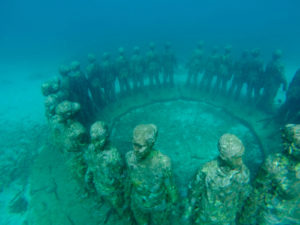
Grenada has numerous dive sites, including shipwrecks, colorful reefs and exciting drift dives. January is a great time to visit to make the most of the dry season.
The Bianca C wreck belongs at the top of the must-dive list. This 600-foot (183 m) luxury liner is known as the ‘Titanic of the Caribbean’ and the main deck is accessible to advanced recreational divers. It is a challenging wreck dive due to tidal currents but there are also plenty of other wrecks to enjoy. The Veronica L is a good shallow wreck, ideal for night diving.
The Molinere Underwater Sculpture Park is also a Grenada dive highlight and is ideal for novice divers. There are more than 50 sculptures of local people and the artwork has become a flourishing reef covered in corals.
Easter Island (Rapa Nui)
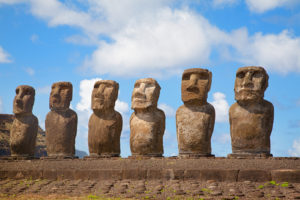
Easter Island, or Rapa Nui, is famous for its Moai statues. Although it isn’t well known for scuba diving, it offers fantastic off-the-radar dive opportunities. The diving conditions at this isolated island are ideal during winter, with relatively calm seas and clear waters.
The water visibility is the main draw here, reaching a staggering 230 feet (70 m). There is some fish life, mostly endemic to the island, plus green sea turtles and occasional corals up to 16 feet (5 m) diameter in size. Caves, arches and lava platforms dot the underwater landscape, and there is even an underwater Moai. Leaning against a volcanic rock, corals are slowly covering the statue, which is well worth a visit.
All of the dive sites are close to Hanga Roa Harbor, with very short boat rides to each site. There is a small selection of dive centers to choose from on the island.
Divers and writers at LiveAboard.com contributed this article.

